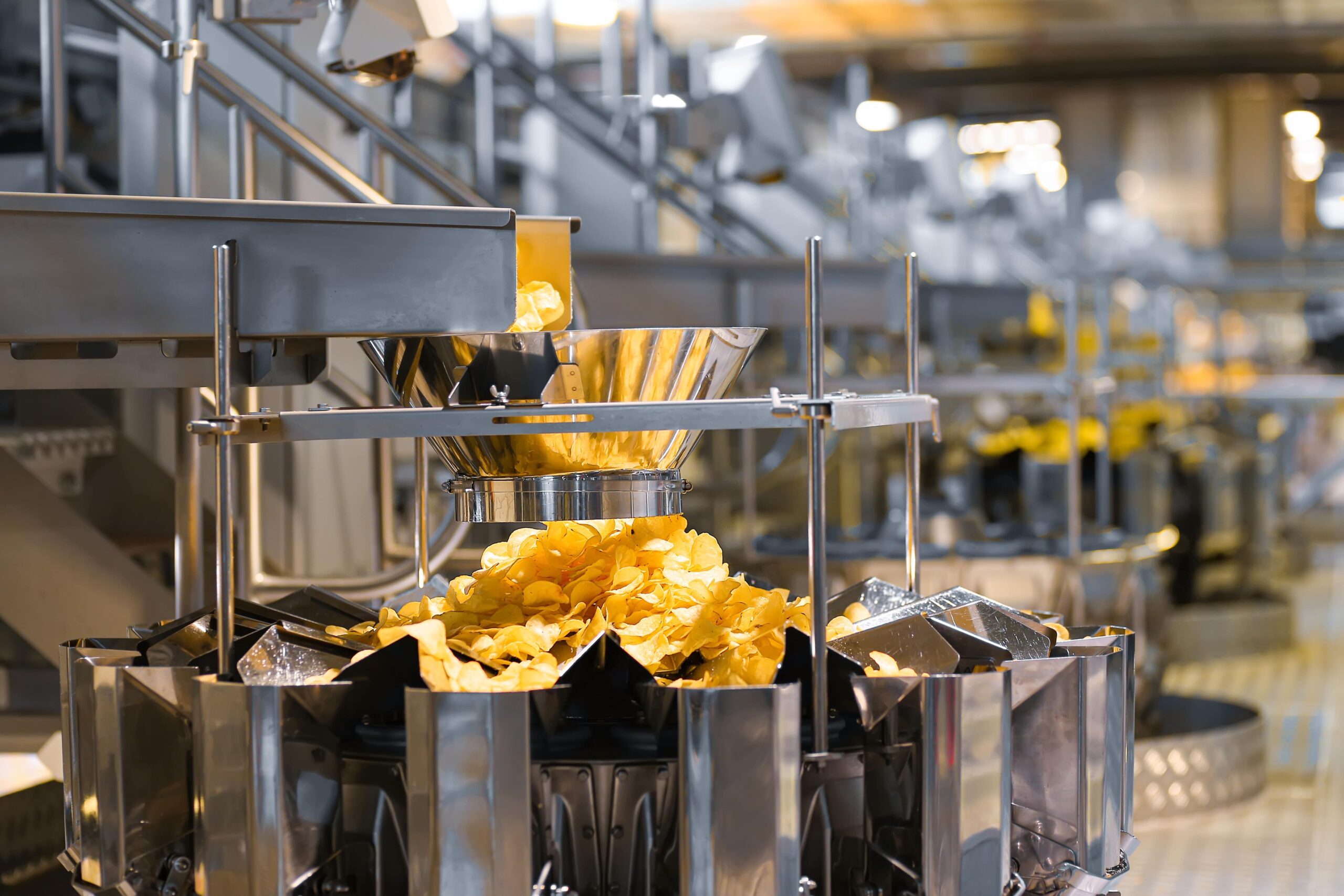
Case Study
Bluebird – Snack Foods
Case Study
Bluebird – Snack Foods
“TEG Projects have worked consistently on PepsiCo initiatives and have a well-founded understanding of their systems and processes. Pepsico values relationships with preferred suppliers with a view to creating standard solutions and systems throughout their sites globally, and therefore TEG Projects was an obvious fit for this project”
The primary goal was to increase the capacity of the Copper Kettle’s manufacturing and packing facility by relocating production lines. TEG Projects were well aware of the pressure this would put on both time frames and space availability and therefore careful planning was undertaken.

